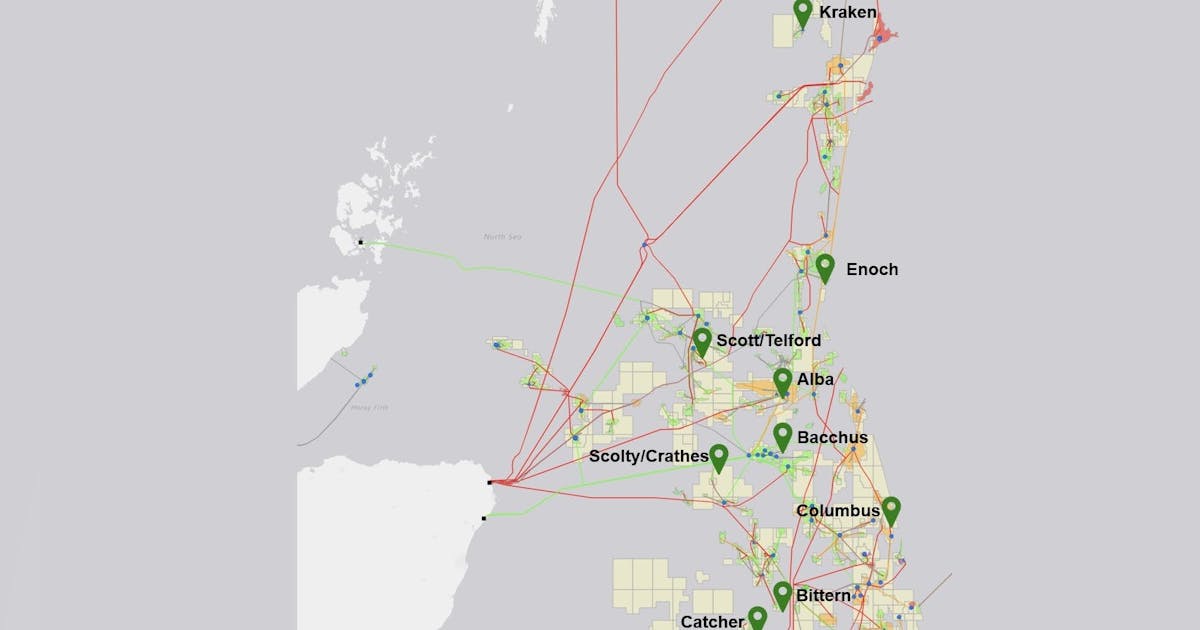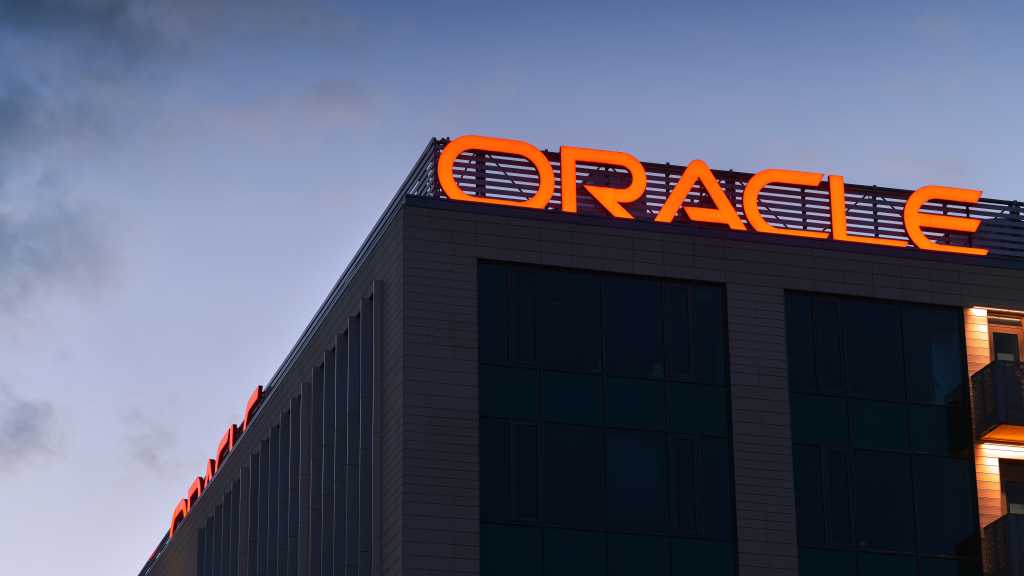
North America dropped two rigs week on week, according to Baker Hughes’ latest North America rotary rig count, which was released on February 14.
Although the U.S. added two rigs week on week, Canada dropped four rigs during the same period, taking the total North America rig count down to 833, comprising 588 rigs from the U.S. and 245 rigs from Canada, the count outlined.
Of the total U.S. rig count of 588, 572 rigs are categorized as land rigs, 14 are categorized as offshore rigs, and two are categorized as inland water rigs. The total U.S. rig count is made up of 481 oil rigs, 101 gas rigs, and six miscellaneous rigs, according to the count, which revealed that the U.S. total comprises 524 horizontal rigs, 51 directional rigs, and 13 vertical rigs.
Week on week, the U.S. land rig count increased by two, and the country’s offshore and inland water rig counts remained unchanged, the count highlighted. The U.S. oil and gas rig counts each increased by one week on week, and the country’s miscellaneous rig count remained unchanged during the same timeframe, the count showed. Baker Hughes’ count revealed that the U.S. horizontal and directional rig counts each increased by one week on week, while the country’s vertical rig count remained unchanged during the period.
A major state variances subcategory included in the rig count showed that, week on week, Texas added two rigs, and Oklahoma and Utah each added one rig. Louisiana and North Dakota each dropped one rig week on week, according to the count.
A major basin variances subcategory included in Baker Hughes’ rig count showed that the Granite Wash and Permian basins each added one rig and the Williston basin dropped one rig, week on week.
Canada’s total rig count of 245 is made up of 174 oil rigs and 71 gas rigs, Baker Hughes pointed out. The country’s oil rig count dropped by three week on week and its gas rig count dropped by one week on week. The country’s miscellaneous rig count remained unchanged one week on week, the count showed.
The total North America rig count is down 22 compared to year ago levels, according to Baker Hughes’ count, which showed that the U.S. has cut 33 rigs and Canada has added 11 rigs, year on year. The U.S. has dropped 20 gas rigs and 16 oil rigs, and added three miscellaneous rigs, while Canada has added 30 oil rigs and cut 19 gas rigs, year on year, the count revealed.
In a research note sent to Rigzone by the JPM Commodities Research team on Friday, analysts at J.P. Morgan said, “total U.S. oil and gas rigs rose by two to 588 this week”, adding that “oil-focused operators rose by one to 481 rigs, a third consecutive weekly gain” and that “natural gas-focused rigs rose by one to 101 rigs, adding to last week’s gain”.
“This week, the rig count in the major tight oil basins saw a modest increase, with a net gain of one rig. The Permian and Anadarko basins each added a rig, while the Bakken experienced a slight decline, losing one rig,” the J.P. Morgan analysts stated in the research note.
“All other regions remained stable over the week. Despite a drop of ten rigs in January due to harsh winter conditions affecting many oil-producing areas, the rig count in the major tight oil basins has now rebounded to levels seen at the beginning of the year,” they added.
“Currently, the count is just three rigs shy of our February forecast. We anticipate a continued recovery in the coming weeks, with a majority of the additions expected in the Permian basin,” they continued.
“In 2025, we continue to project an addition of only three rigs and an increase in U.S. crude and condensate production of 350,000 barrels per day,” they went on to state.
In its previous rig count, which was released on February 7, Baker Hughes revealed that North America dropped five rigs week on week. Although the U.S. added four rigs week on week, Canada cut nine rigs during the same period, that count outlined.
Baker Hughes’ January 31 rig count showed that North America added 19 rigs week on week, its January 24 rig count revealed that North America added 12 rigs week on week, its January 17 count showed that North America added nine rigs week on week, and its January 10 rig count outlined that North America added 117 rigs week on week.
Baker Hughes’ January 3 rig count revealed that North America dropped one rig week on week, its December 27 rig count showed that North America dropped 71 rigs week on week, its December 20 rig count revealed that North America lost 25 rigs week on week, its December 13 rig count revealed that North America lost three rigs week on week, and its December 6 rig count revealed that North America lost four rigs week on week. The company’s November 27 count showed that North America’s total rig count increased by three week on week.
Baker Hughes, which has issued rotary rig counts since 1944, describes the figures as an important business barometer for the drilling industry and its suppliers. The company notes that working rig location information is provided in part by Enverus.
To contact the author, email [email protected]























